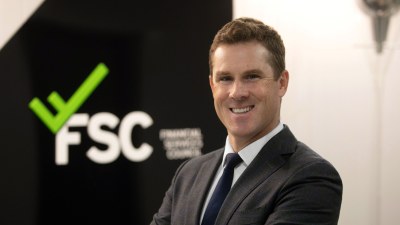The high cost of poor governance in super funds


Taking too long to process an investment change is an example of bad governance, according to superannuation panellists, with one saying delaying a change by a month could have cost them $90 million in returns.
Speaking at the Australian Institute of Superannuation Trustees (AIST) conference, panellists were asked for examples of bad governance on investment committees.
Jo Townsend, chief executive of Funds SA, the investment corporation for the South Australian state government, said being unable to implement an idea could prove costly for funds.
“Bad governance would be if the investment team has an idea but is unable to implement it,” Townsend said.
“We wanted to take advantage of the growth to value rotation and I had to push very hard to speed up the process, hold extra meetings and do due diligence quickly.
“We worked out that waiting one extra month would have cost us $90 million.”
Alistair Barker, AustralianSuper head of total portfolio management, said the fund had internalised around 50% of its investment processes over the years and that investment decisions had “changed dramatically” as the fund had grown.
“Sometimes when you give out mandates and look at what people are buying on behalf of you, either the internal team or external managers, you find the sum of the parts doesn’t make the whole,” Barker said.
“It’s possible you can end up with something that doesn’t make sense at a portfolio level and is not a coherent set of positions. Governance improves performance but it can quite easily detract from it.”
Regarding delegation of responsibilities, Shauna Black, chair of the Media Super investment committee, said Media Super was a much smaller entity than the other two which brought different governance challenges.
“One of the risks for governance in a small fund is too many people wanting to have their say and they all see it as their responsibility,” Black said.
“You don’t want to limit the power of your delegations and you don’t want to have a board that doesn’t have ownership of what you are doing.
“You need to take your board through the investment beliefs and have your CIO [chief investment officer] and your asset consultant in the room.
“We want our CIO to be able to come to us with those ideas, sensibly planned and be able to implement them. You don’t want to have to limit them by going back and forth with the board seeking permissions.”
Recommended for you
Financial Services Council chief executive, Blake Briggs, is urging Minister for Financial Services, Stephen Jones, to take advantage of the QAR opportunity to reduce regulatory duplication and ensure advice is affordable.
Former chair of the House of Representatives’ Standing Economics Committee, Tim Wilson, is planning a return to politics after losing his seat in the 2022 federal election.
Morningstar is going to offer research ratings of funds in the $3.5 trillion superannuation sector for the first time in response to demand from financial advisers.
Treasurer Jim Chalmers has opened a consultation into the design of the annual superannuation performance test, canvassing views on a range of reform options.















